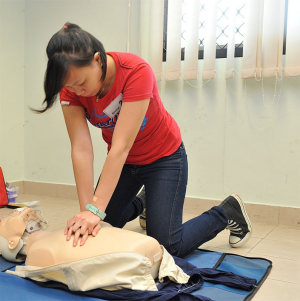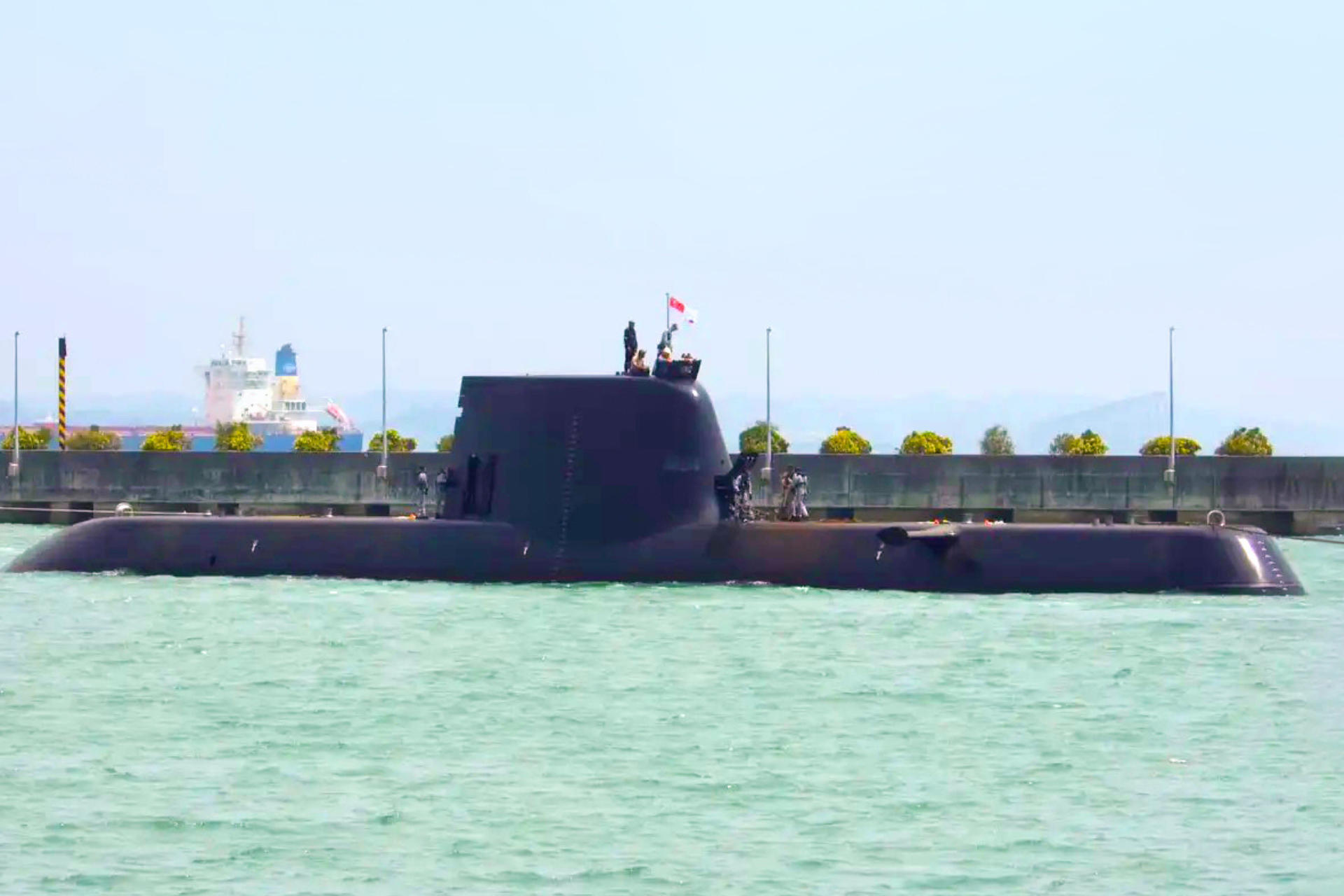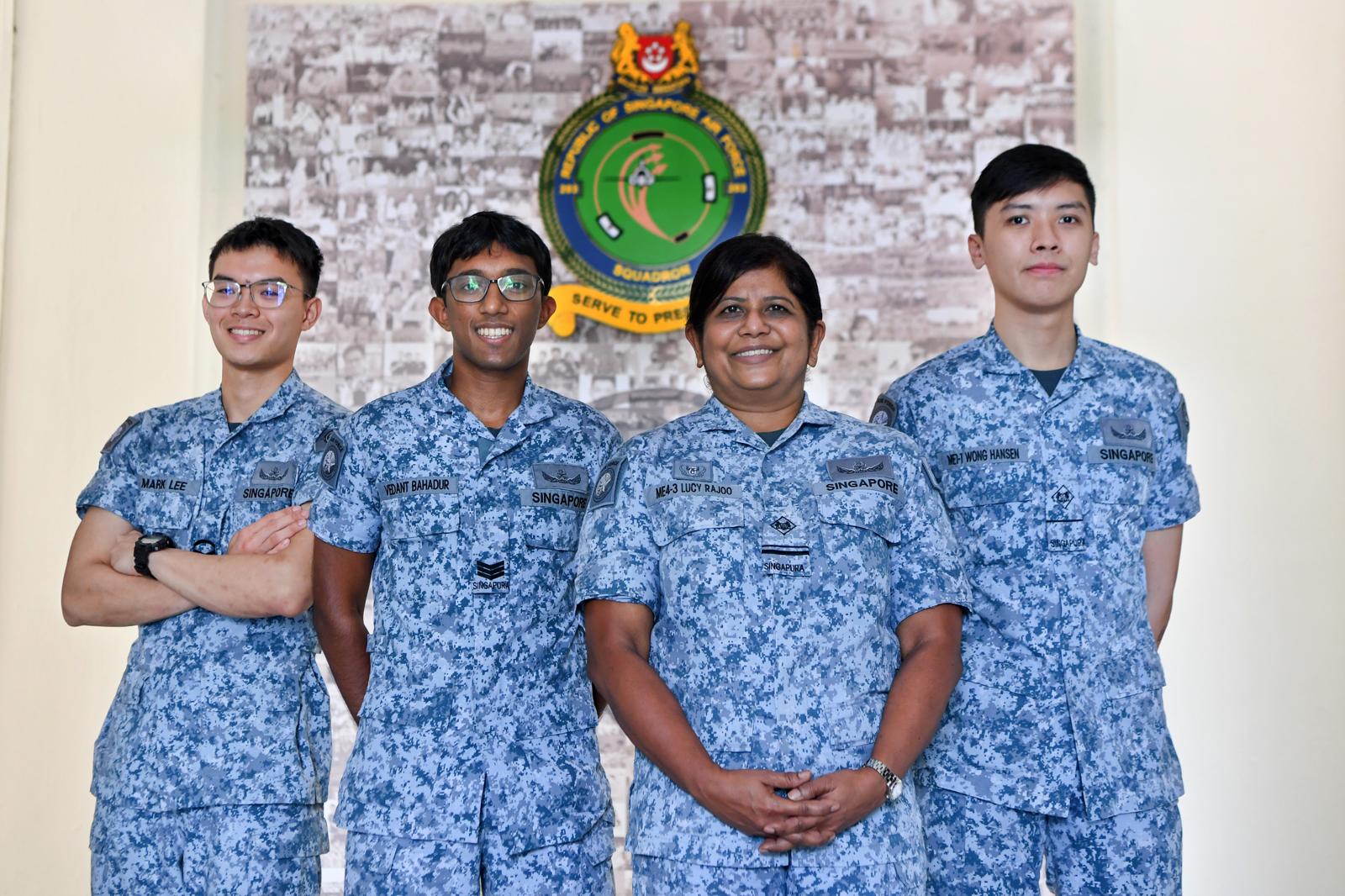HOW TO SAVE A LIFE
PHOTO // Chua Soon Lye
With tight deadlines, hectic travels and endless coffee runs being the norm in the PIONEER office, things can get pretty intense. Maybe that's why the editor thought it was a good idea for journalist Benita Teo to pick up CPR and AED skills.
I've never been known for my heart-stopping good looks. That must be why my colleagues sent me to learn to perform cardiopulmonary resuscitation (CPR) and use an automated external defibrillator (AED). It's a face they can safely wake up to after they pengsan (Malay for faint).
Although I'd heard about CPR and AED, I always thought they could be carried out only by trained medical professionals. Thus, I was pleasantly surprised to find out how simple and unintimidating CPR and defibrillation were to perform.
At the one-day course conducted by the Singapore Armed Forces (SAF) Medical Corps, the instructors explained that the first four to six minutes of a cardiac arrest were the most crucial: This is the amount of time the brain could be starved of oxygen before damage occurs. Hence, there is no time for hesitation or being paiseh (Hokkien for shy or embarrassed) when it comes to saving lives.
After a demonstration by the instructors, we were introduced to our training partners - the CPR dummies. I named mine "Lars".
Going in for the save
As Lars had collapsed from a cardiac arrest, it was now up to me to keep him alive until help arrived.
Kneeling beside him, I tapped him hard on the shoulders to determine that he had fallen unconscious and was not merely asleep. With Lars, it was difficult to tell.
A quick check showed that he had stopped breathing. I knew I had to lean in for the save - with mouth-to-mouth resuscitation.
Quite a mouthful
In my mind, I imagined that mouth-to-mouth resuscitation would be a romantic affair; that he would awaken as I breathed life into him, our destinies intertwined forever...
In reality, it was like trying to blow up a soggy, wet balloon with a big, gaping puncture. And it sounded the same too. Worse still, no air was entering Lars' lungs.
My confidence was coming undone, flapping miserably in the wind like his deflated lungs. But with Lars' life in my hands - or rather, mouth - I had to soldier on. Opening my mouth wide while pinching his nose, I took a deep breath, clamped my lips over his and exhaled. And Lars' chest finally heaved.
Victorious, I proceeded with chest compressions. Pressing my full weight down repeatedly on a human being's chest seemed like a terrifying endeavour. However, the instructors assured us that the ribcage was strong enough to protect our most vital organ.
Shock through the heart
At this point, the AED came into play. With the accompanying bag of essential tools, I was able to cut away Lars' jacket, shave off the excess hair from his chest and dry his perspiration. Only then could I apply the sticky electronic pads on his chest.
The good thing about the AED was that it analyses the victim's heart rhythm and instructs the first-aider on the next course of action. With one pad below his right collarbone and the other under his left nipple, I leaned back and awaited the AED's instructions.
When the AED recommended a shock to be administered, all I had to do was press the shock button. Also, because a passing electric current could be fatal to a normal heart, I had to remember to keep my hands off Lars to prevent a Wile E. Coyote situation.
After the first shock, the AED began monitoring Lars' heartbeat again.
Luckily for Lars, his heart had started beating and he was breathing. I moved him into a recovery position and waited for the ambulance.
My final job was to report to the medics the time I found him unconscious and the number of shocks I administered before delivering him into their capable hands.
A good save
Going through the course, I could see why these life-saving skills are taught to every recruit in the SAF. When training and operating in remote locations without ready access to comprehensive medical services, CPR and defibrillation can buy a buddy the few precious minutes needed for help to arrive.
Even for me, I'll never know when I could be called upon to use my new skills to save a life.
So, would you like my face to be the first thing you see when you come back to life? OH COME ON, GIVE A GIRL A CHANCE.
You can help too!
Someone's collapsed and you don't know CPR? Here's what you can do to help:
1) Call for an ambulance.
2) Fetch an AED for the attending first-aider. If you are in a public place, approach the information counter or security personnel for assistance in locating the AED.
3) The first-aider may guide you in performing CPR while he or she sets up the AED. Assist if you are able to.
4) Follow the first-aider's safety instructions when operating the AED, especially when analysis and shocking are ongoing.










